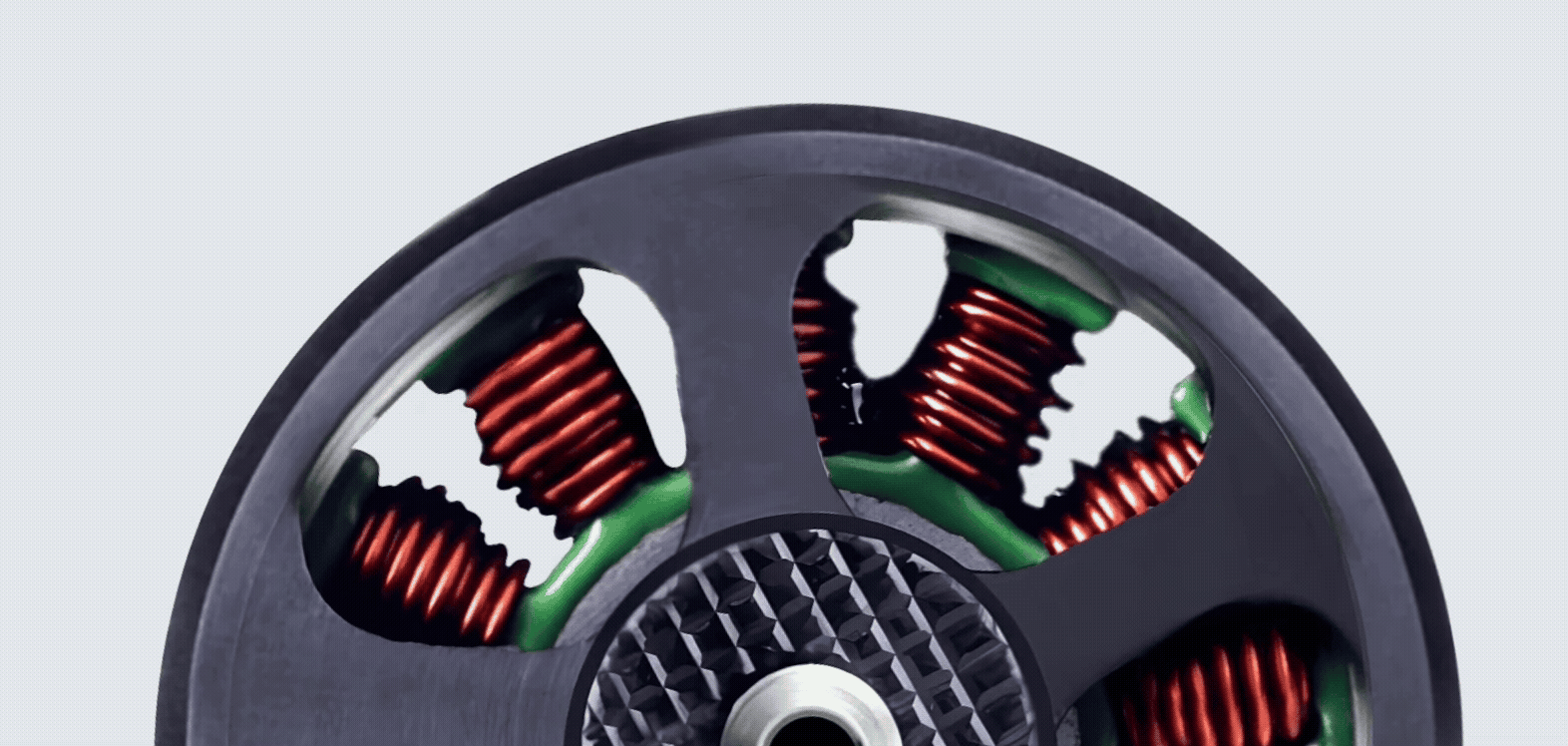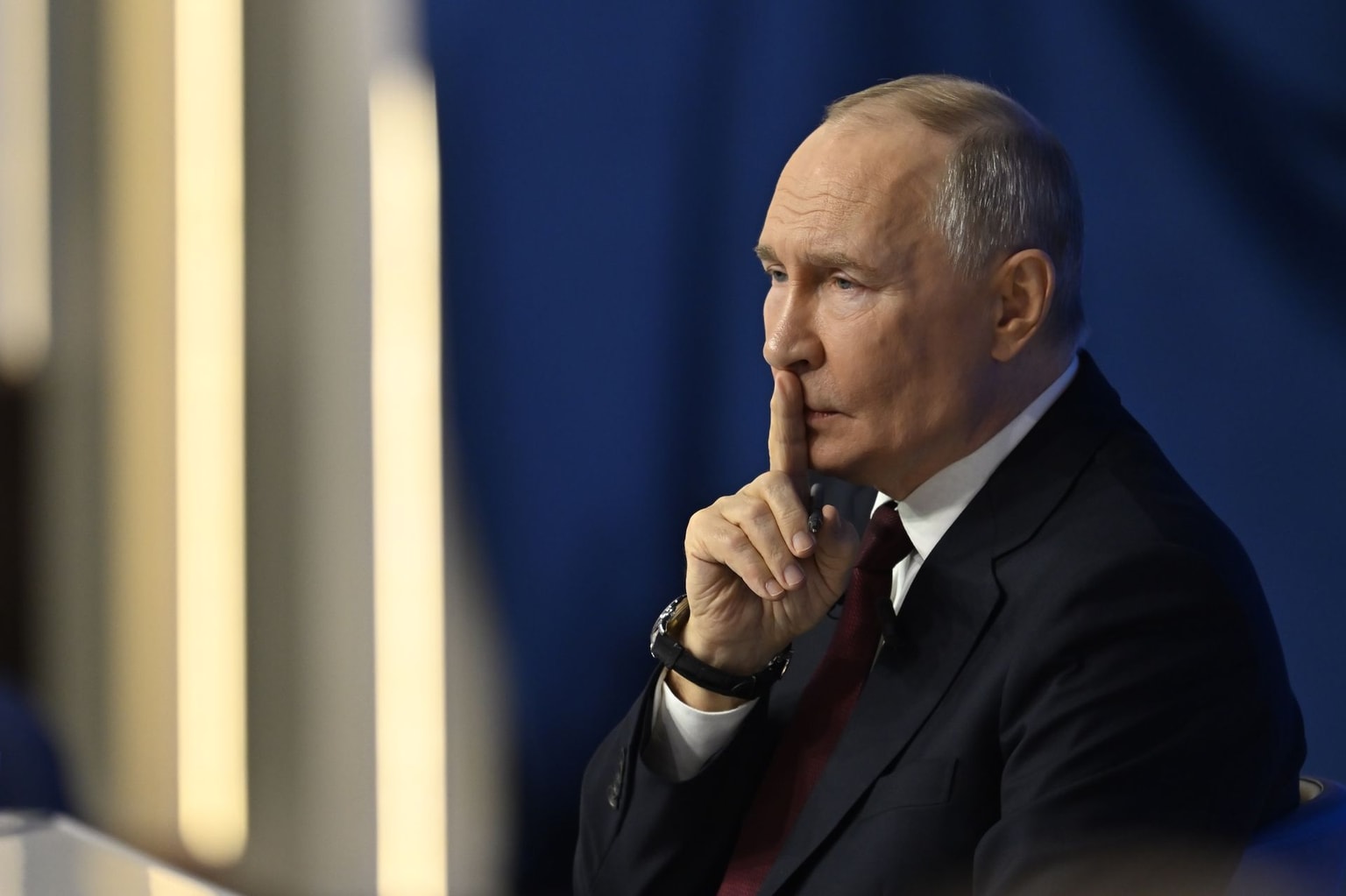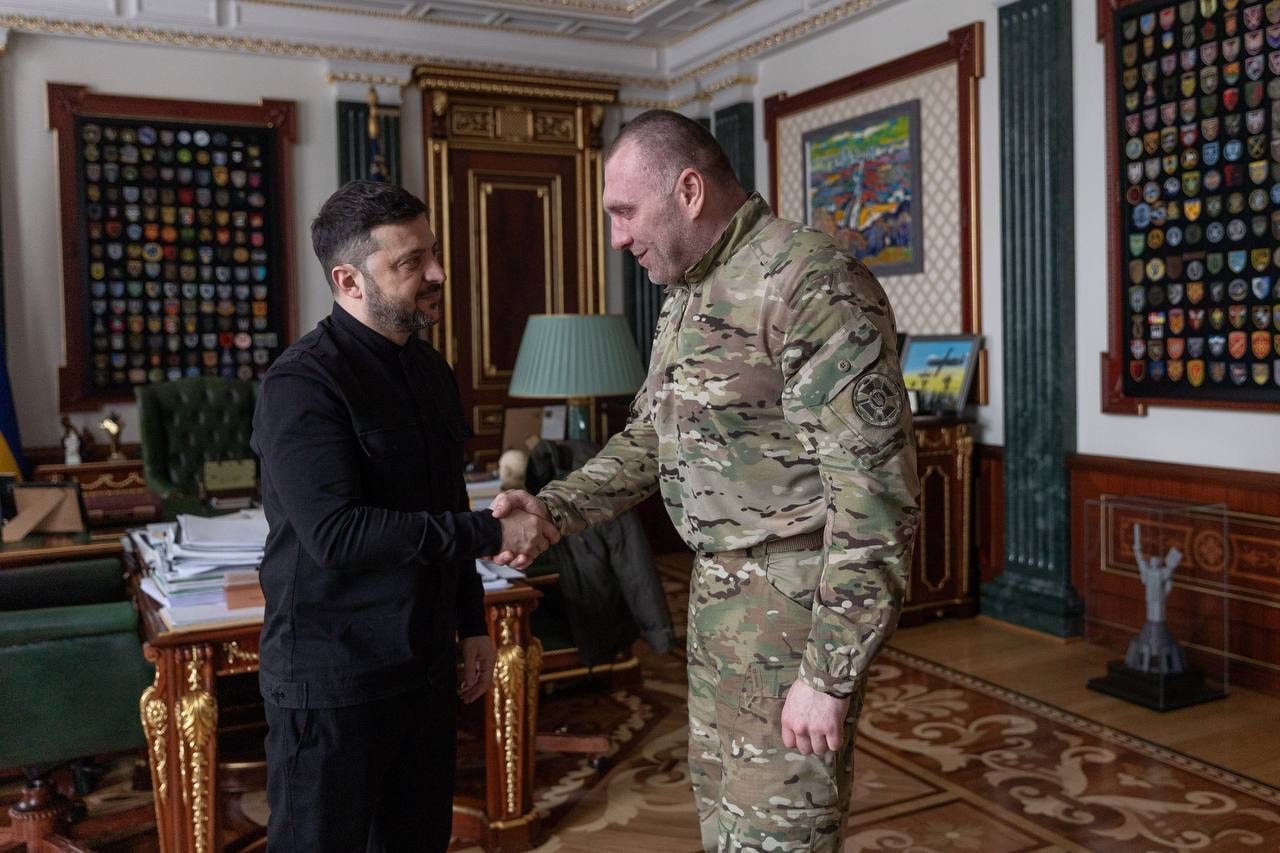
'Little by little away from China' — Inside Ukraine’s new mass-production of drone parts
Motor-G company makes motors in Ukraine specifically designed for drones. (Motor-G)
From the dawn of Ukraine's first-person-view drone industry up to a year ago, producers purchased almost all of the parts they used in assembly from Chinese firms.
Today, Ukrainian companies have started mass-producing the various electronics, controllers, cameras, and even motors that make up a drone at home.
The Chinese state-sponsored DJI, by some counts, has 75% of the global drone market cornered. Even manufacturers who make their own drones depend on Chinese makers in general and DJI in particular for mass supplies of components. It’s a trend that stretches from San Diego to Donbas, sparking fears of Chinese control over military supply chains.
Spurred by war, Ukraine is producing more drones domestically than any country in the world outside of China and possibly Russia. The focus on making components en masse is a more recent phenomenon.
"There didn’t used to be domestic producers, and nobody was thinking about them," Oleksiy Grebin, CEO of Motor-G, Ukraine’s largest producer of electric motors for drones, told the Kyiv Independent, showing off the firm’s new factory floor, where machines tick, spin, and rattle in every direction. In the furthest corner, winding machines pull copper wire from a dozen spools and wrap it around the central racks that are the core of the motors.
Starting back in 2023, Grebin and his partner in an industrial HVAC business looked around and saw that the market for full drone producers was already saturated. "So we decided, what isn’t anyone making? We took a motor, looked it over, and thought, 'Oh, this’ll be so simple to make.' We started trying, and it turned out it’s not simple at all."
It took Motor-G seven months to build its first prototype, and a total of a year and a half to launch the mass production of today, which began in December 2024, at a location kept a close secret so as to stay safe in the face of Russia’s aerial onslaughts.
Motor-G’s production is fast approaching 100,000 motors a month, mostly for FPV drones and the slightly larger fiber-optic drones that require frames of up to 15 inches. Today, they are almost certainly the largest of their kind in Ukraine — and likely in Europe overall.
"They have none," said Grebin of EU motor production. "There are brands, but they’re actually made in China. We’ve been talking with representatives of three countries that want to localize their own motor production, but for now they haven’t even made it to the planning stage."
Ukrainian component manufacturers like Motor-G have improved by leaps and bounds. But they still depend on China for chemical manufacturing plants and advanced machines to sustain domestic mass production. For Motor-G, that includes the magnets they use and devices like voltage testers.
Nobody in Ukraine is going to start making those anytime soon, says Grebin, though he notes that the trade in importing second-hand European machining tools has grown fast.
Much of Ukraine’s war effort still depends on smaller-scale workshops, however. In a reconfigured basement where the company Hasta (Latin for spear), makes optically guided FPV drones, founder Andriy shows the Kyiv Independent his team’s systems for making the spools of optical fiber. He asked that his full name not be published for his safety.
Hasta’s drones can reach up to 50 kilometers these days, though 20 remains more standard. They 3D print their own spools and casings, running the optical fiber through Ukrainian-made lathes rejiggered with a motor attachment that guides the line smoothly from side to side, not unlike the rack of a typewriter.
"We are moving little by little away from China," says Andriy. China has waged lawfare on foreign imports of optical fiber. They have also cut off their own exports of drones to Ukraine.


"Today, you can’t buy a whole drone from China. There are a few individual components that are for sure Chinese still, but (Ukrainian) production is developing for thermal vision, controllers, motors, frames — no cameras right now, but we’ll have cameras soon too."
Hasta’s optical fiber itself comes out of boxes stamped with origins from China’s Hubei province, albeit purchased through intermediaries. It’s another chemical process that, Andriy says, nobody in Ukraine is attempting yet.
Data that the Ukrainian Council of Defense Industry, a trade association for local arms makers, shared with the Kyiv Independent, shows that only 5% of its member firms — many of the biggest in the country — said they didn’t use components made in China. For comparison, 28% of member firms reported not using components made in Taiwan, and 40% reported not using components made in the U.S.

"Dependence on Chinese components directly impacts the stability and safety of our supply chain," Ivan Fedirko, the association’s executive director, said in a statement to the Kyiv Independent. "However, there are components whose dependence on supply from the PNC is especially critical — electric motors and also a few specific products like optical fiber."
The problem is hardly limited to Ukraine. American drone producers like Skydio and Anduril have famously felt the pinch of new Chinese trade restrictions on drone components as of December.
"China could shut (the drone industry) down globally for a year," Trent Emeneker, who leads a team at the Pentagon’s Defense Innovation Unit that approves drones for military use, told Forbes in an April expose of what he termed, "a national security issue, not just for the United States, but for the global West."
Key examples include everything from transmitters to batteries to, indeed, electric drone motors that sit on each of the trusses of a quadro or hexacopter.
Russia is similarly heavily dependent on continued Chinese support. But the two countries are allies, albeit united by little more than scorn for the West. Russia has at least one factory producing the actual silica-derived cables. Despite advances in Ukrainian deep-strike drones, Russian ballistic missiles, and Shaheds are doing more to shut down Ukrainian factories than the other way around.
Those attacks have kept much of Ukraine’s production of everything from ammunition to fiber-optic spools in small, guerrilla workshops like Andriy’s. The components that local makers have targeted first are those that either don’t exist on the market or see the highest mark-ups in cost — thermal vision or AI modules, for example.
But dependence on imports continues. Grebin laments two laws passed in June that exempt foreign imports of drone components from VAT and customs taxes, bills he says that Motor-G is still forced to foot, privileging Chinese components that could be cut off at any moment.
The increasing industrialization of component firms like Motor-G and its survival despite massive Russian air raids is consequently of major importance not only to Ukraine, but also to its allies who are struggling to industrialize.
Grebin anticipates demand from Europe sustaining the firm even in the event of some sort of peace deal between Ukraine and Russia.
"I think the Europeans will buy more, everyone will need at least some, though maybe not these quantities."










